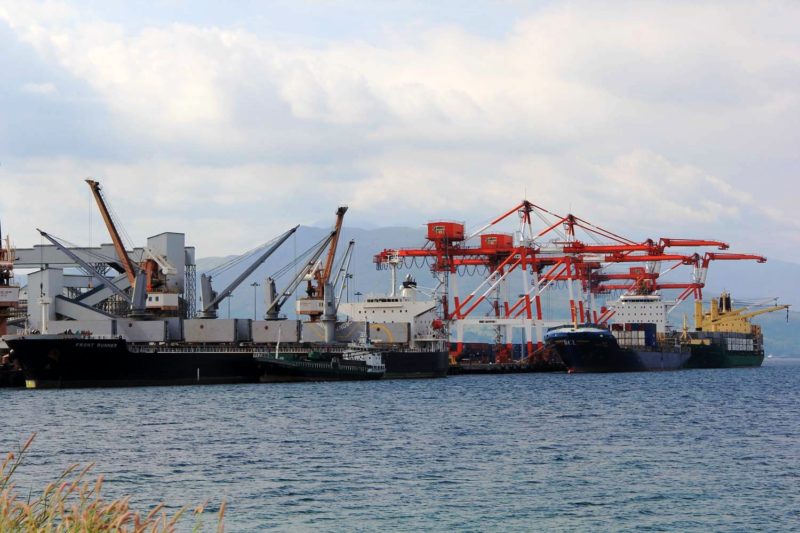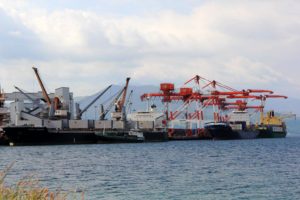

Container traffic at Subic Port grew 12% in 2017 to 139,980 twenty-foot equivalent units (TEUs) from 124,707 TEUs in 2016, according to the Subic Bay Metropolitan Authority (SBMA).
The increase in containerized cargo in 2017 offset a 6% decline in the volume of non-containerized cargo, which fell to 6.646 million metric tons as against 7.071 million metric tons in 2016.
The SBMA Seaport Department processed 66,172 TEUs of imported containerized products in 2017, which was 9% higher than the 60,593 TEUs processed in 2016. Meanwhile, it handled 25,007 TEUs of exported containerized products last year, which was 6% up from 23,527 TEUs in 2016.
The increase in import-export volume that passed through the Port of Subic boosted significantly containerized cargoes transshipped in the Freeport: 1,462 TEUs in January to December 2017 as against 368 TEUs in 2016, or an increase of 297%.
Jerome Martinez, head of the SBMA Seaport Department, said in a statement that much of the increase in revenue was due to the growth in the volume of imported products like vehicle parts by Foton Motor Phils., Inc.; paper materials by Trust International Paper Corp.; and rubber by Yokohama Tire Phils. Inc., which were all sourced from Japan.
Likewise, the growth in export revenue was attributed to increased export of tires by Yokohama Tires Phils. to Japan; Juken Sangyo Phils. for veneer lumber also to Japan; and HLD Clark Steel Pipe Co. for steel pipes to the United States.
Martinez also cited for the seaport revenue growth the implementation of Republic Act No. 10668. The law, also known as the Foreign Ships Co-Loading Act, allows arriving or departing ships to carry foreign cargo to their Philippine port of final destination after being cleared at their port of entry or exit.
“This law tends to decrease, in some instances, vessel activities going to the Port of Subic, particularly in the importation and exportation of goods,” Martinez said. “However, transshipment activities [are on the] increase.”
With stronger container traffic, SBMA recorded almost P1.2 billion in seaport revenue for 2017, surpassing its 2016 record by 3%.
SBMA chairman and administrator Atty Wilma Eisma said that Seaport Department figures indicated a total income of P1.174 billion for the period January-December 2017 compared to P1.137 billion revenue collected in 2016.
“The continuing effort of the Seaport Department to upgrade its process flow minimized transaction time and attracted more and more importers and exporters to use the Port of Subic,” Eisma noted.
The devaluation of the peso against the US dollar also buoyed the Subic seaport’s income.
Eisma expressed optimism on the outlook forthe Port of Subic this 2018, pointing out that one of the world’s largest cruise ships will be arriving here in June for a 12-hour tour of the Subic Bay area.
She said this was confirmed after Dr. Zinan Liu and other officials of Royal Caribbean International (RCI) held a two-day assessment of the Subic Bay area last December on including Subic in the itinerary of RCI’s Asian cruise program.
Subic reportedly checked out as a cruise ship destination after Liu noted its attractions for people interested in culture, history, and religion, aside from its other come-ons like theme parks, beach resorts, hotels, and other modern amenities.
Eisma estimated that should each cruise ship passenger spend US$100 during their stay in Subic, local businesses would gain millions of pesos in income.




